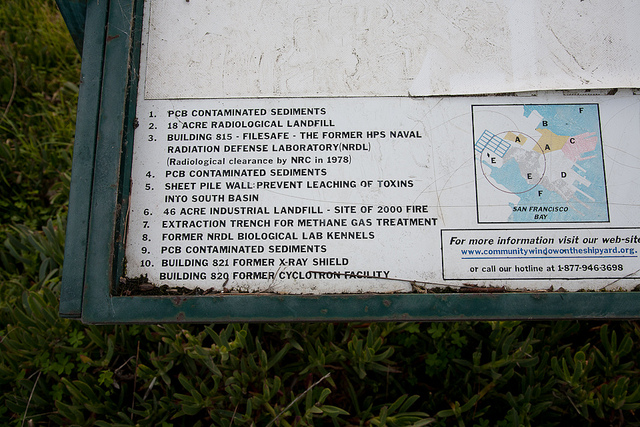By Donovan Farnham and Isaiah Guzman
Alison Soman, her husband John and their five-year-old son Ben live in perhaps the loudest area in San Jose. Their home in the Newhall-Sherwood neighborhood sits within steps of Highway 880, a train yard sits about 1,500 feet to the east and San Jose International Airport is just beyond that. Photo (c) by Donovan Farnham
Yet Alison said her family has gotten used to the planes, trains and, particularly, the whoosh of the automobiles. “The neighbors and I joke about it being the beach,” she said. The San Jose Toxic Tour is produced by the San Jose State University journalism students of Professor Michael Cheers, in collaboration with Newsdesk.org.


